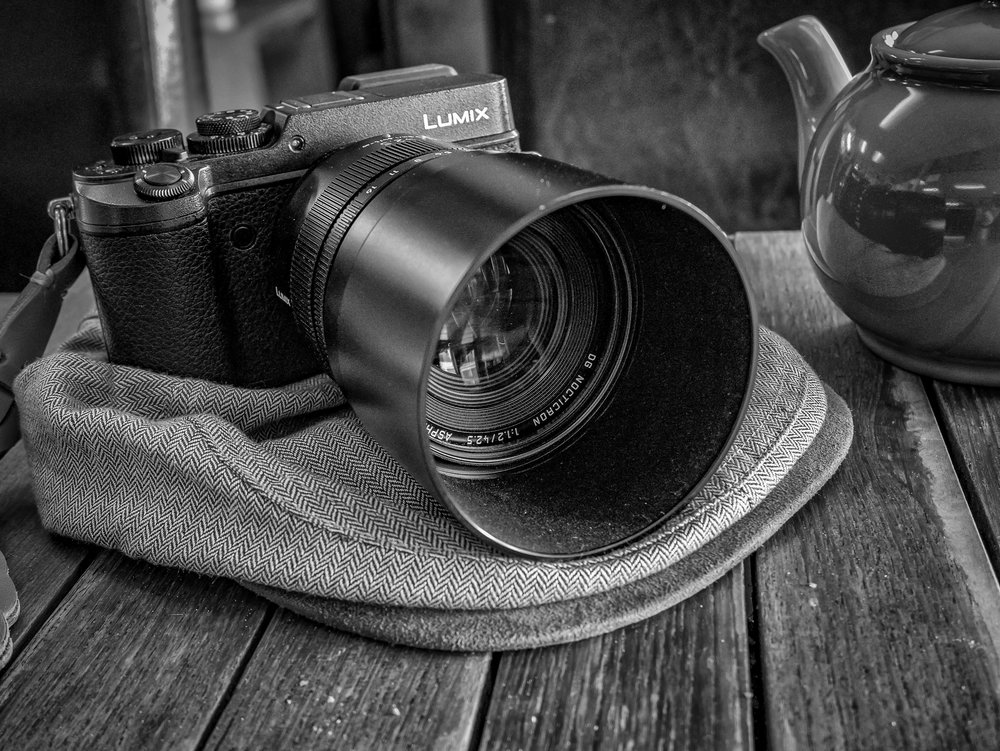
During 2016 I’ve become a great fan of the Leica-branded micro four-thirds lenses from Panasonic Lumix. They are solidly built, produce outstanding results and exude Leica DNA. Of course they are not made by Leica and it is not clear just how much Leica input sits behind the “Leica DG” or the “Summilux” branding. But there is certainly Leica design know-how in the general construction and attention to detail. The modern lenses, including the 12mm Summilux, 15mm Summilux and 42.5mm Nocticron, have dedicated physical aperture rings which feel very mechanical rather than (as they are) fly by wire. Sadly these aperture rings work only on Panasonic Lumix cameras and not on Olympus.
Now there is news of additions to the Leica DG lineup. In 2017 the range will be extended with three Leica DG hybrid zooms, all with a fast f/2.8-4 aperture range. They will cover the 8-18mm, 12-60mm and 50-200mm focal lengths. Taking into account the m4/3 crop, these lenses have a full-frame equivalence of 16-36, 24-120 and 100-400mm. They join the existing Leica DG Vario-Elmar 100-400 (200-800mm) f/4-6.3 zoom. None of the zooms has a physical aperture ring, unlike the newer primes.

Of the Leica DG primes, only the original 2012 designs, the 25mm Summilux and the 45mm Macro-Elmarit f/2.8 lack the aperture ring and, I suspect, will be due for update soon.
With these additions, Panasonic’s m4/3 lens lineup is both competitive and comprehensive. And when you take into account the great lenses from Olympus, including the 25mm f/1.2 which I prefer to the Leica DG 25mm Summilux, you begin to see the extent of the choice available to m4/3 fans. With other third-party lenses adding to the party, the system now has the most compressive line-up of optics of any lens mount.
While m4/3 is a small system, ideal for travel, most of the new fast lenses are surprisingly large. Of course, equivalent glass in APS-C or full frame is larger and heavier still (see the Leica 24-90mm Vario-Elmarit-SL for example). But you are still saving on weight and packing space with m4/3 if you want to carry the best-performing lenses.
I do like my full-frame systems — M and SL — but I also love m4/3 for convenience and travel, or just as a carry-around system. The latest cameras, including the Olympus OM-D E-M1 Mk.II and its PEN-F sibling, are exceedingly fast and well-sorted designs to complement the vast range of lenses now available.
_______________
- Subscribe to Macfilos for free updates on articles as they are published. Read more here
- Want to make a comment on this article but having problems? Please read this
